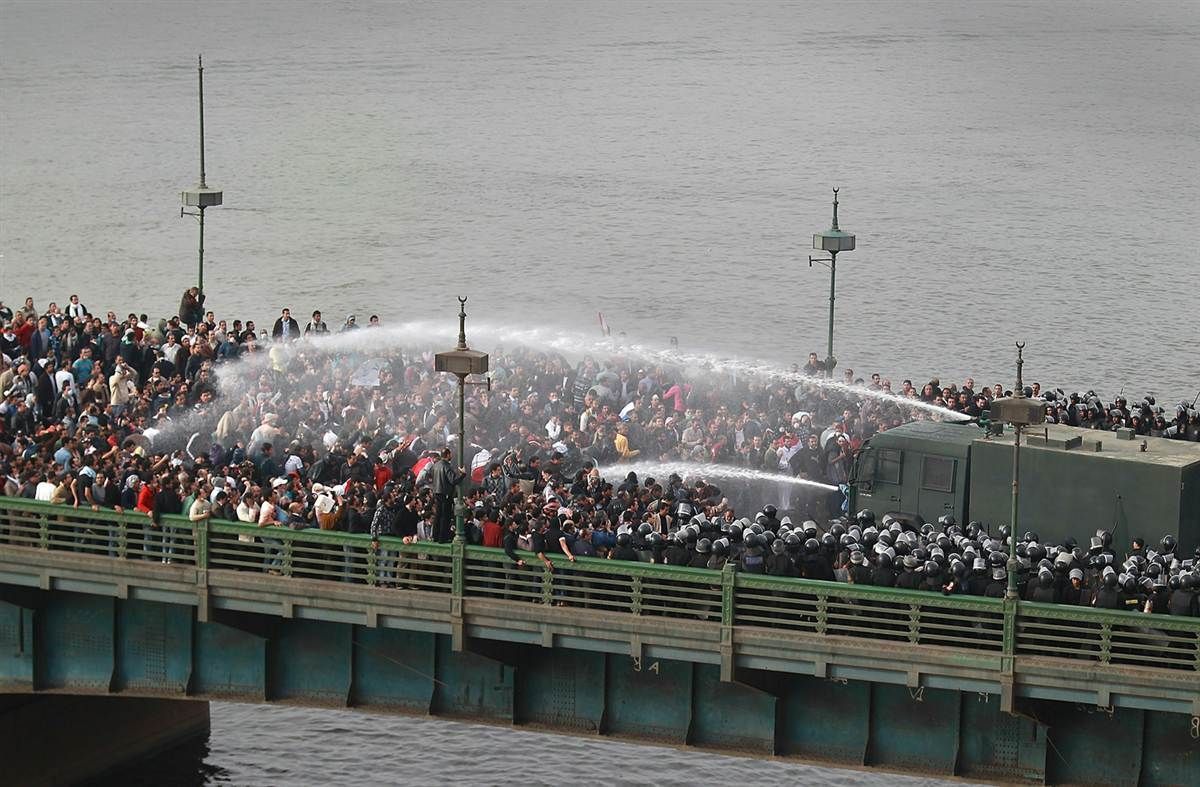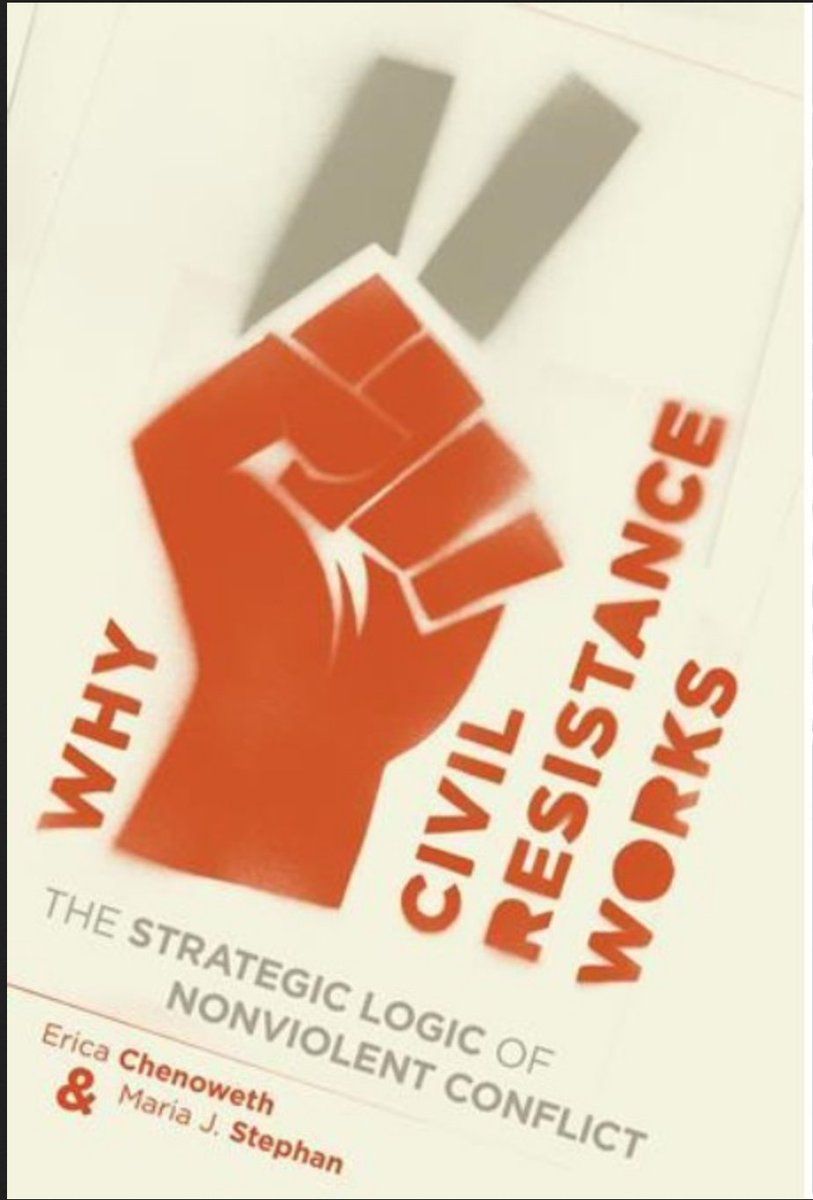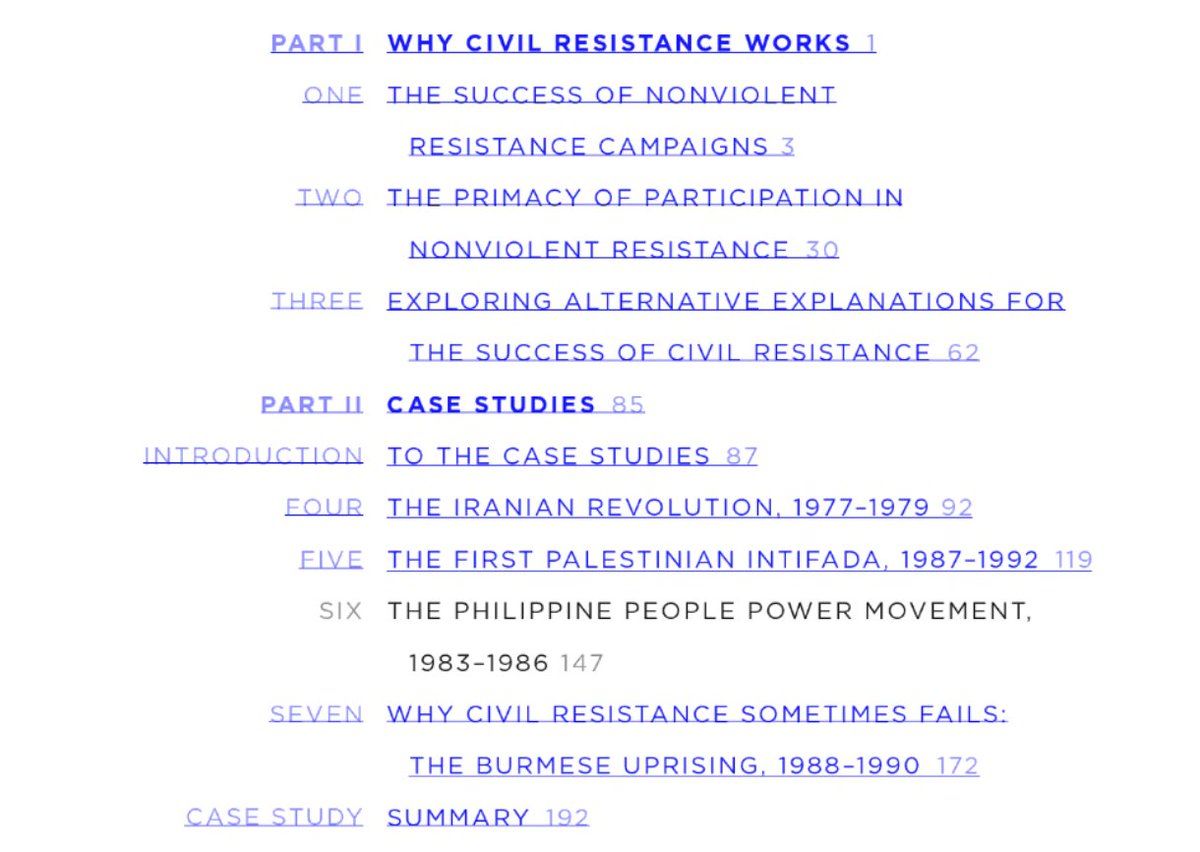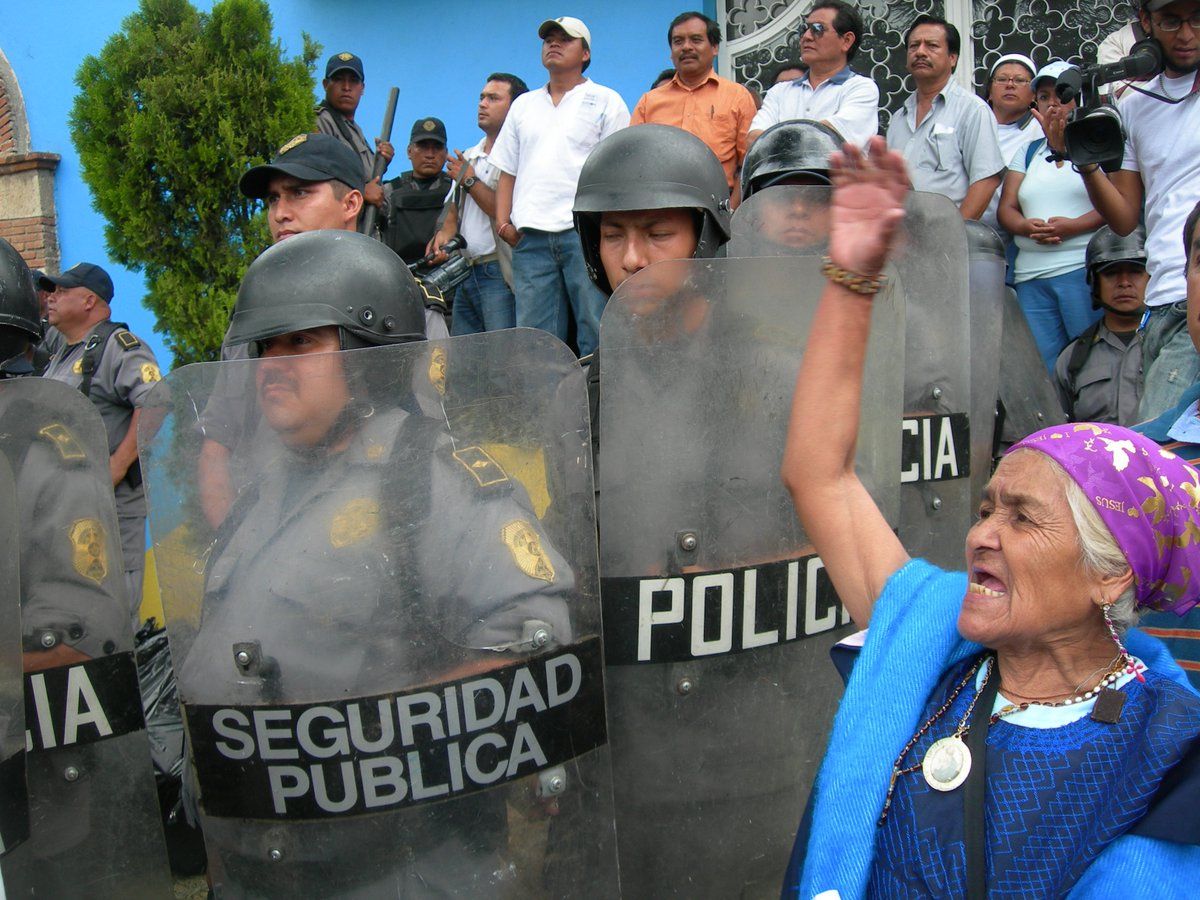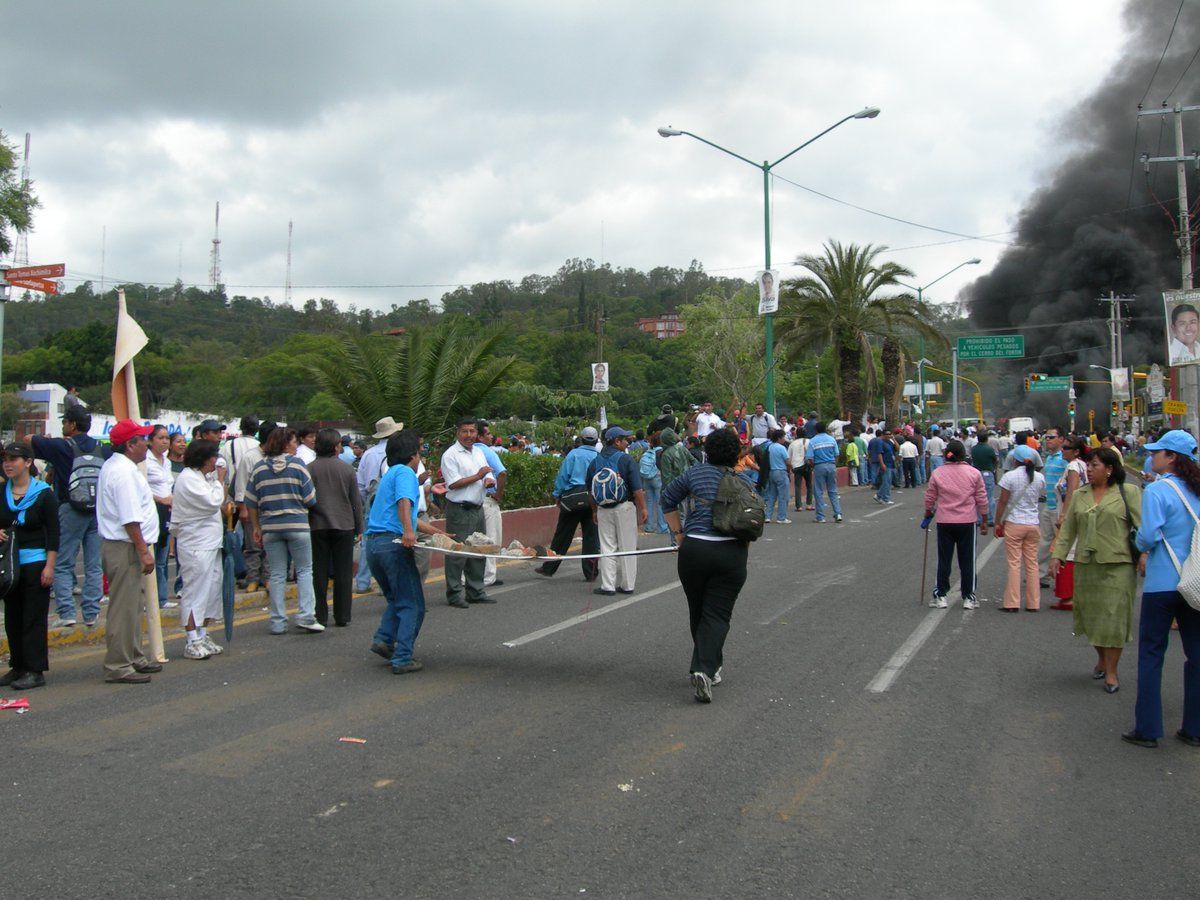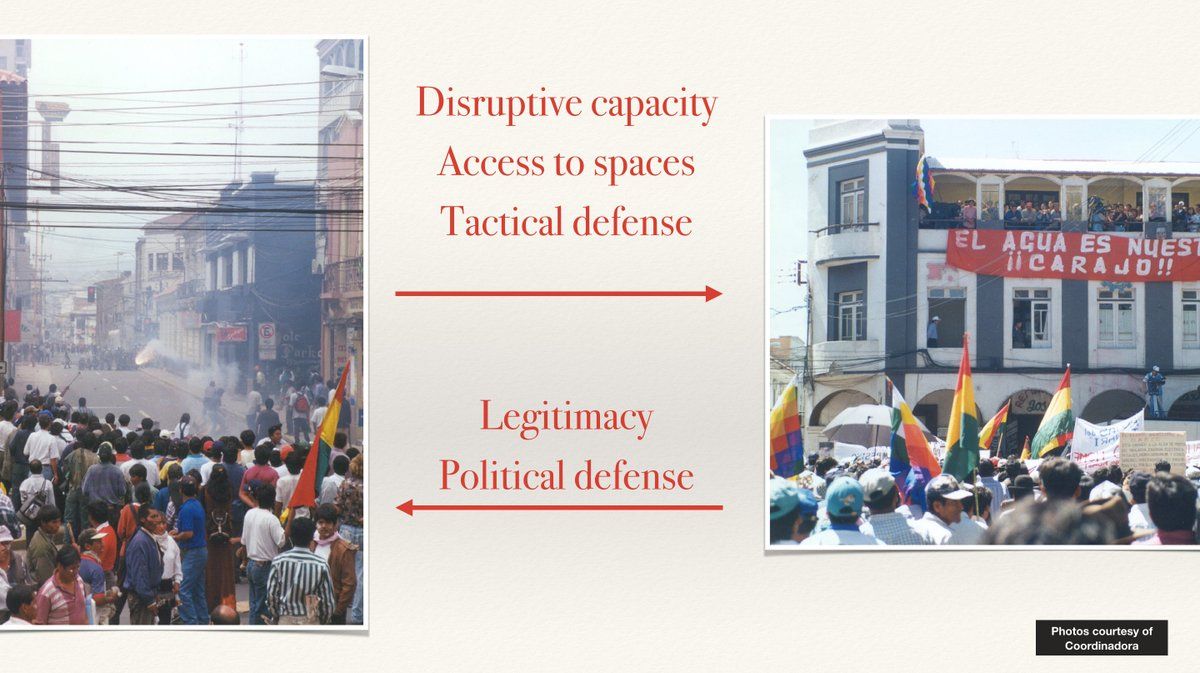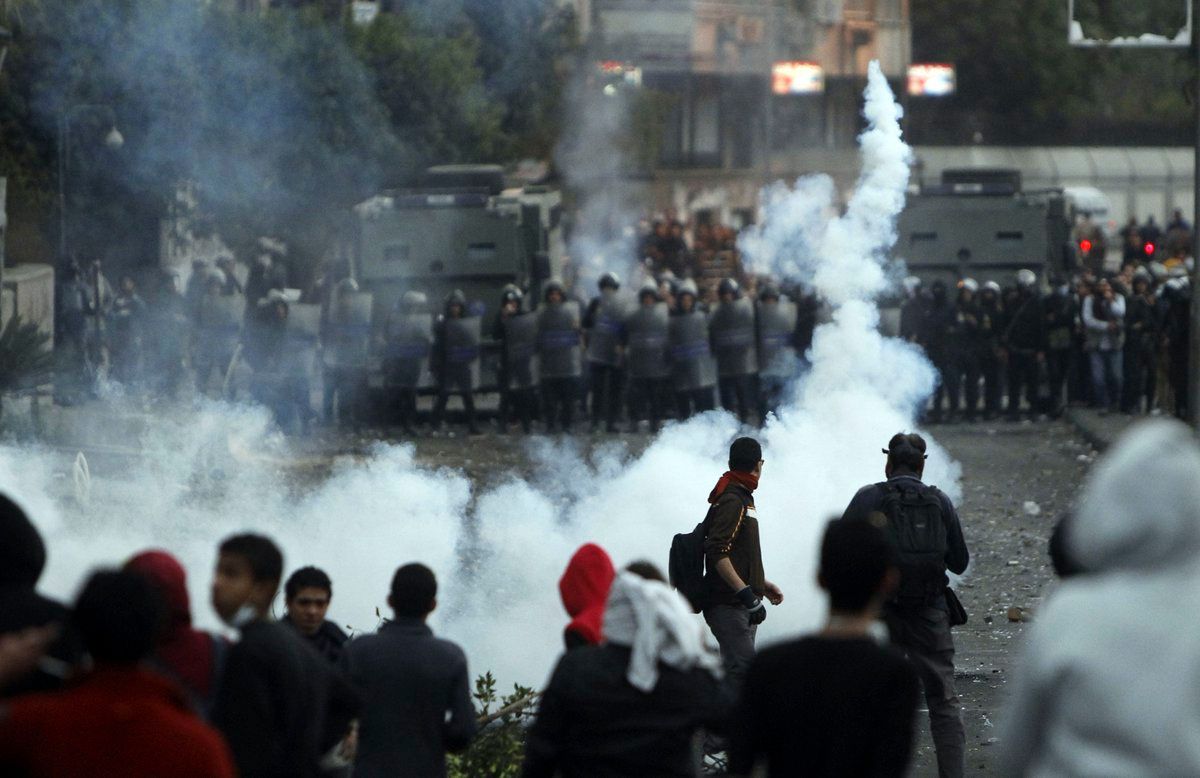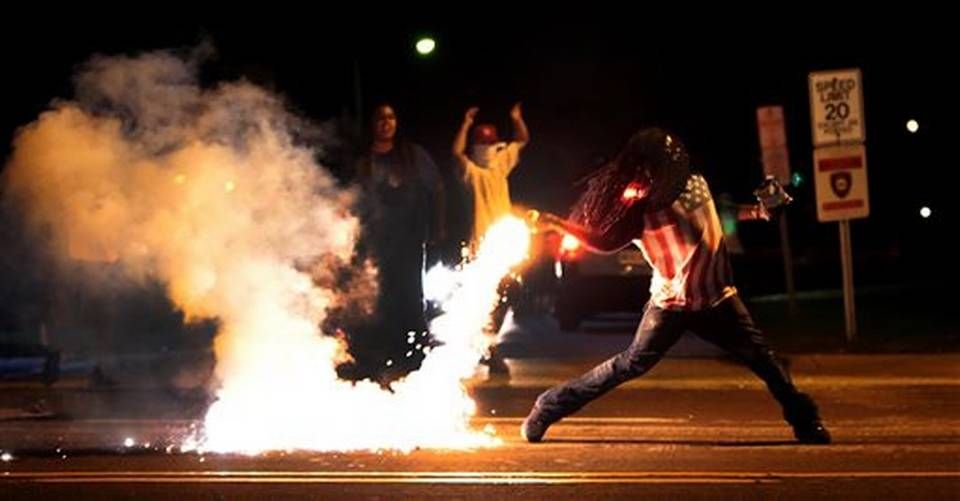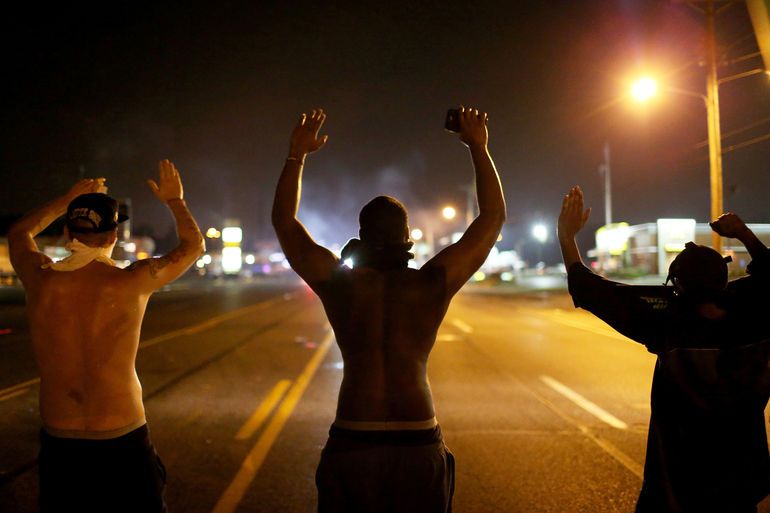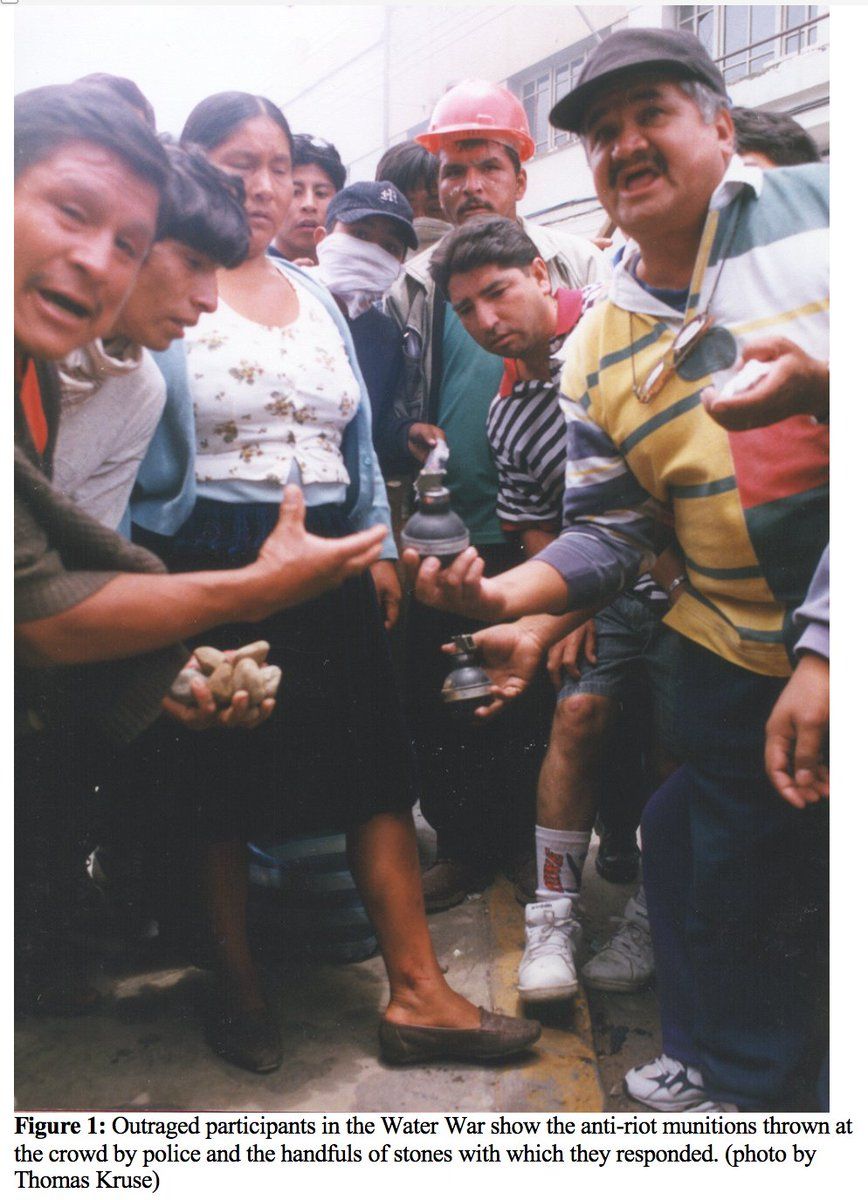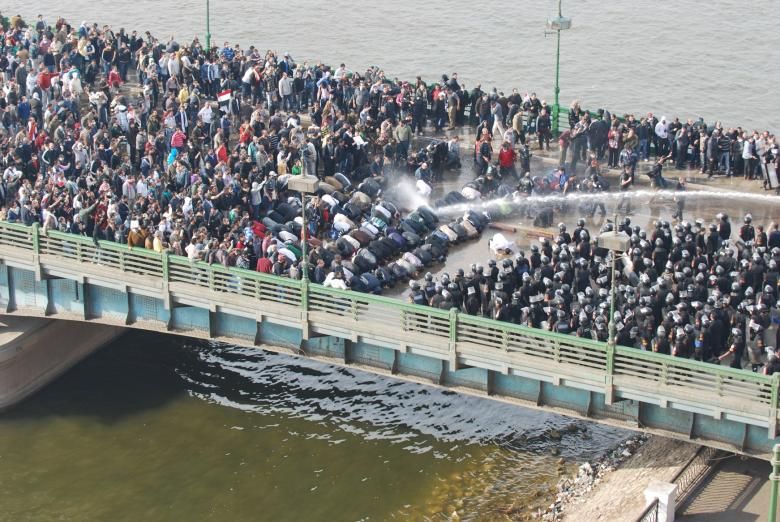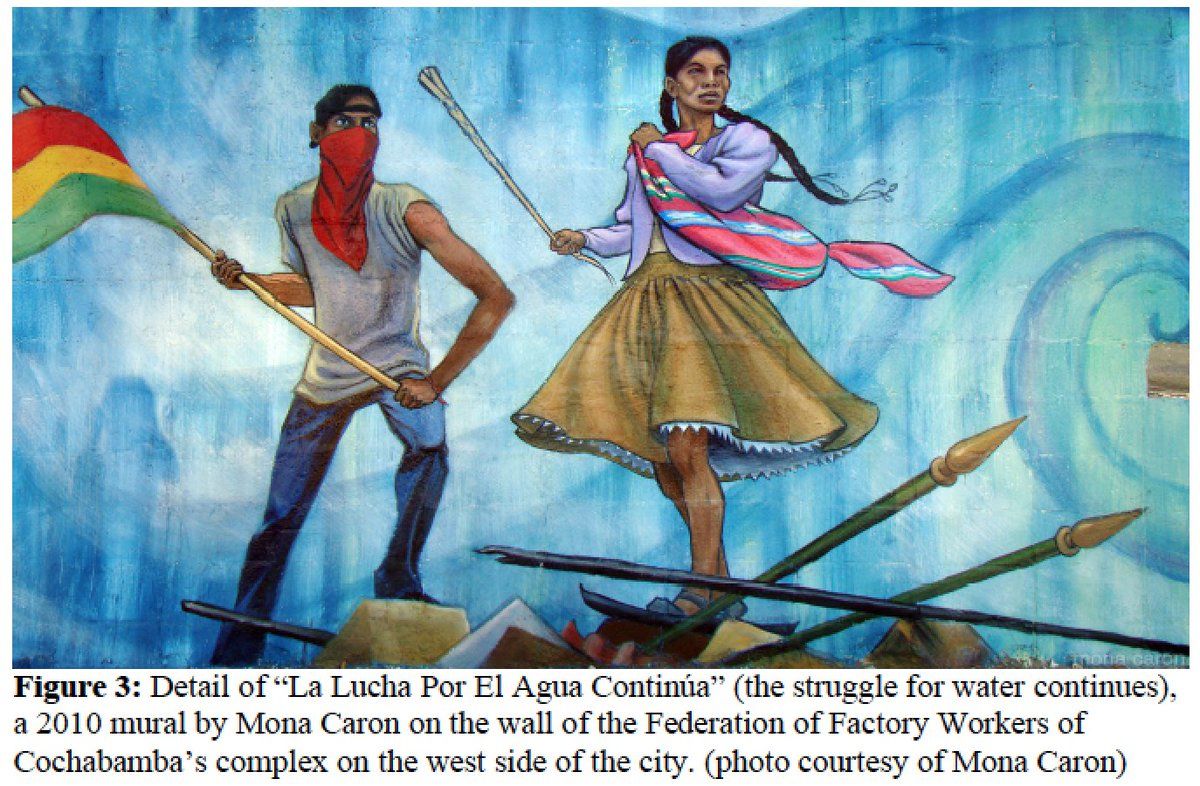-
My new article examines Unarmed Militancy: fierce, confrontational, property-destroying and property-repurposing forms of mass action that coexist within a larger strategy of mass mobilization. Just published in American Anthropologist. woborders.blog/unarmed-militancy/
-
I define unarmed militancy as the use of forceful, combative tactics—such as barricades, property destruction, hands-on pushes, and thrown projectiles—in political mobilization to serve symbolic, tactical, and strategic goals.
-
Instead of escalating the violence of their actions, they prolonged and extended the confrontation while remaining less violent than their state adversaries. Victory came through a combination of tactical and moral advantage.
-
The emergent civil-resistance literature has minimized or overlooked the role of combative demonstrators, including in Bolivia.
-
Civil resistance scholars like @EricaChenoweth, @MariaJStephan conclude that armed insurgency tends to discourage participation, limit involvement based on gender and age, and erode the moral advantage unarmed protesters have in the face of government repression.
-
My research shows that, instead, unarmed militancy is compatible w/ broad, diverse participation, and can maintain the moral high ground.
-
As community leader Ángel Hurtado described it: "There, there were no left, right, or center parties, no tall or ugly, no Indian or gringo, nothing at all. All of us were one. That is what we learned as well."
-
Such experience is “undifferentiated, egalitarian, direct, spontaneous, concrete, and unmediated,” precisely the nature of the bonds created through communitas (E. Turner 2012).
-
Confrontational militancy is not separate from the central work of mobilizing in large numbers & demonstrating broad popular support. The bodies of unarmed militants, whether defiant, wounded, or memorialized after their death, are potent political symbols of larger collectives.

